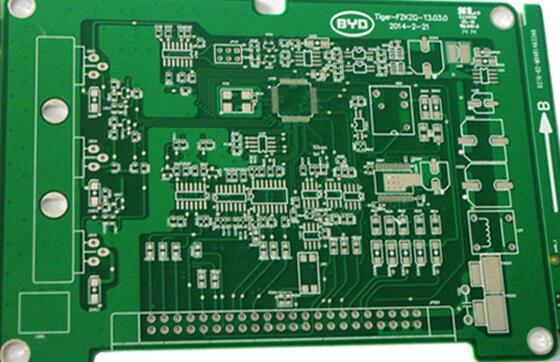Six good habits to make your PCB design better
PCB layout engineers repeat the work of pulling wires with thousands of wires and various packages on the board every day. Perhaps many people will find it very boring and boring work. It looks like a software operation porter. In fact, designers have to make trade-offs between various design rules in the process, taking into account performance, cost, craftsmanship and other aspects, and also pay attention to the reasonable and neat layout of the board, not as it seems. Simplicity requires more wisdom. Good working habits will benefit you a lot, making your design more reasonable, production easier, and better performance. Here are six good habits that will benefit you a lot.
(1) Details determine success or failure
PCB design is a meticulous work, all it takes is carefulness and patience. The mistakes often made by newbies who are just starting to design are detailed errors. The device pin is wrong, the device package is used wrong, the pin sequence is reversed, etc. Some can be solved by flying leads, and some may make a board directly become a waste. When drawing the package, check it again, compare the package with the actual device before projecting the board, take a look more, check it again is not obsessive-compulsive disorder, just to avoid these easy low-level mistakes as much as possible. Otherwise, no matter how good the design is, the board is covered with flying lines, and it is far from excellent.

(2) Learn to set rules
In fact, not only advanced PCB design software needs to set wiring rules, some simple and easy-to-use PCB tools can also set rules. After all, the human brain is not a machine, so it is inevitable that there will be negligence and mistakes. So set some easily overlooked problems into the rules, let the computer help us to check, try to avoid making some low-level mistakes. In addition, a complete rule setting can better regulate the subsequent work. The so-called sharpening of the knife does not accidentally chop wood, the more complex the scale of the board, the more important the rule setting becomes. Nowadays, many EDA tools have automatic wiring function. If the rules are set in sufficient detail, let the tools design it for you. Wouldn't it be more pleasant for you to have a cup of coffee by the side?
(C) The more you think about others, the less you work
When doing PCB design, try to consider the needs of some end users as much as possible. For example, if you are designing a development board, you should consider placing more silk screen information when designing the PCB. This will make it more convenient when you use it. It will not be used to retrieve schematics or seek support from designers. If the design is a mass production product, then more consideration should be given to the problems encountered on the production line. Devices of the same type should have the same direction as possible, whether the device spacing is appropriate, the process edge width of the PCB board, and so on. The earlier these issues are considered, the less they will affect the subsequent design, and the workload of subsequent support and the number of board changes can also be reduced. It seems that the time it takes to start the design has increased, but in fact it has reduced the amount of follow-up work. When the board space signal permits, try to place more test points to improve the testability of the board, so that it can also save more time in the subsequent debugging stage and provide more ideas for finding problems.